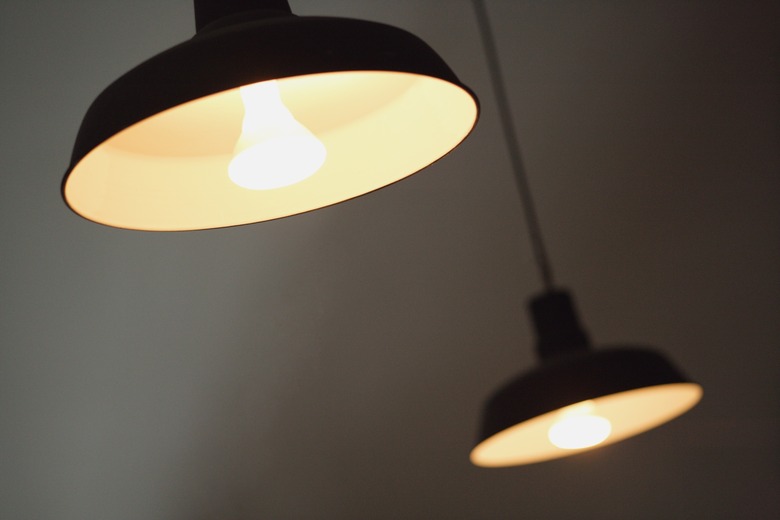What Is The Difference Between Resistive & Inductive Loads?
When electricity flows through a circuit, there are points on the circuit, called loads, where energy is drawn away. Loads, in essence, are objects that use electricity–such as light bulbs. There are a variety of classification systems, but one way you can divide loads is into resistive, capacative, inductive or a combination of these types.
Power Factor Differentiation
Power Factor Differentiation
The outlets on your wall channel alternating current, or AC, which means that the flow of the current is reversed periodically. This reversal can be graphed as a wave and both the voltage and the current have a specific wave. The type of load depends on how the wave for the voltage and the wave for the current line up. In resistive loads, such as light bulbs, the voltage and current waves match, or the two are in phase. As you might guess from the name, resistive loads only resist the current and are the simplest type of load. In inductive loads, such as an electric motor, the voltage wave is ahead of the current wave. The difference between the two waves creates a secondary voltage that moves in opposition to the voltage from your energy source, known as inductance. Because of this property, inductive loads tend to experience power surges when they are turned on and off, a phenomenon not seen with resistive loads.
Cite This Article
MLA
Becker, Andrea. "What Is The Difference Between Resistive & Inductive Loads?" sciencing.com, https://www.sciencing.com/difference-between-resistive-inductive-loads-12181159/. 24 April 2017.
APA
Becker, Andrea. (2017, April 24). What Is The Difference Between Resistive & Inductive Loads?. sciencing.com. Retrieved from https://www.sciencing.com/difference-between-resistive-inductive-loads-12181159/
Chicago
Becker, Andrea. What Is The Difference Between Resistive & Inductive Loads? last modified March 24, 2022. https://www.sciencing.com/difference-between-resistive-inductive-loads-12181159/
